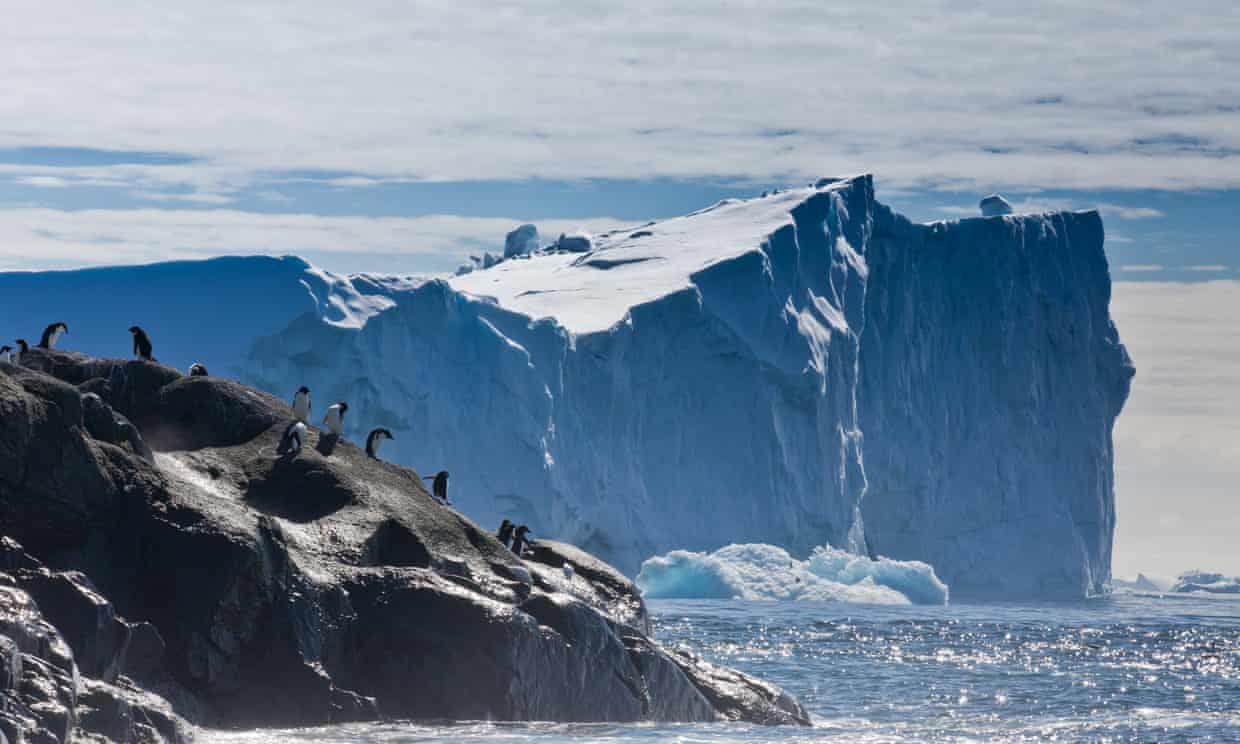All the better to survive with, my dear
 |
| Used with permission from Nicola L. Robinson. |
Editor’s Note: SciColl held our first community workshop on Emerging Infectious Diseases in October 2014. This October we're posting several pieces that highlight the important work where collections continue to play an integral role.
Editor’s Note: SciColl intern, Ebubechi Okpalugo from Pembroke College, contributed this article as part of her time in the SciColl office during Summer 2017.
Editor’s Note: SciColl intern, Ebubechi Okpalugo from Pembroke College, contributed this article as part of her time in the SciColl office during Summer 2017.
Sit down with a prehistoric relative of ours from the genus Homo - their extinction making it
a lot easier said than done - and you’ll notice something significantly
different: their heads, and therefore brains, are a fraction of the size of a modern human’s. Why exactly did brain size increase? Quite simply, large and complex brains can process and store more information, which was hugely beneficial to humans as they developed skills and social interaction.
The Smithsonian NMNH Human Origins exhibit houses a collection of fossil skull remnants dating back as far as 3 million years ago, as well as silicon reconstructions of early humans. One can see a gradual change in facial features, body hair and most significantly, head shape and size. Over the course of human evolution, it’s found that brain size tripled, with the modern human brain being the largest and most complex of any living primate.
The Smithsonian NMNH Human Origins exhibit houses a collection of fossil skull remnants dating back as far as 3 million years ago, as well as silicon reconstructions of early humans. One can see a gradual change in facial features, body hair and most significantly, head shape and size. Over the course of human evolution, it’s found that brain size tripled, with the modern human brain being the largest and most complex of any living primate.
Here’s a bit of what we know.





